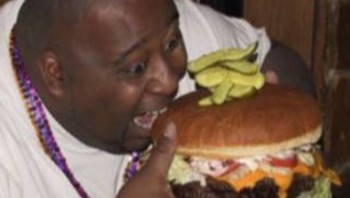Rewarding foods tend to be reinforcing, meaning that they keep us coming back for more. I put an M&M in my mouth, it tastes good, and I return for another. The sugar and fat in the candy reinforce my desire to keep eating it.
Scientists ask two questions to determine whether animals find a substance reinforcing:
Are they willing to work to obtain it?
Do they respond to other stimuli they’ve learned to associate with the substance?
By these criteria, sugar, fat, and salt are clearly reinforcing. One decisive piece of evidence is exquisitely simple. French researchers first allowed one group of animals to eat freely while restricting the diet of another group. Next they measured the speed at which each group ran for chow compared to Choc and Crisp, a German chocolate-flavored cereal high in sugar and fat.
There have been many studies on animals especially mice that confirms the fact that sugar, fat, and salt are clearly reinforcing and the animals are willing to work hard to get these foods.
My own look at a vanilla milkshake confirmed the reinforcing value of sugar and fat and helped me better understand what matters most.
The power of the vanilla milkshake and other high-sugar, highfat foods is further amplified as cues become associated with them.
When we put food rich in sugar, fat, and salt in our mouths, we stimulate neurons, which are the basic cells of the brain. Neurons are connected in circuits and communicate with one another to create feelings, store information, and control behavior. They respond to rewarding foods by firing electrical signals and releasing brain chemicals that then travel to interconnected neurons. We say those neurons are “encoded” for palatability.
The neurons in the brain that are stimulated by taste and other properties of highly palatable food are part of the opioid circuitry, which is the body’s primary pleasure system. The “opioids,” also known as endorphins, are chemicals produced in the brain that have rewarding effects similar to drugs such as morphine and heroin.
Stimulating the opioid circuitry with food drives us to eat.
